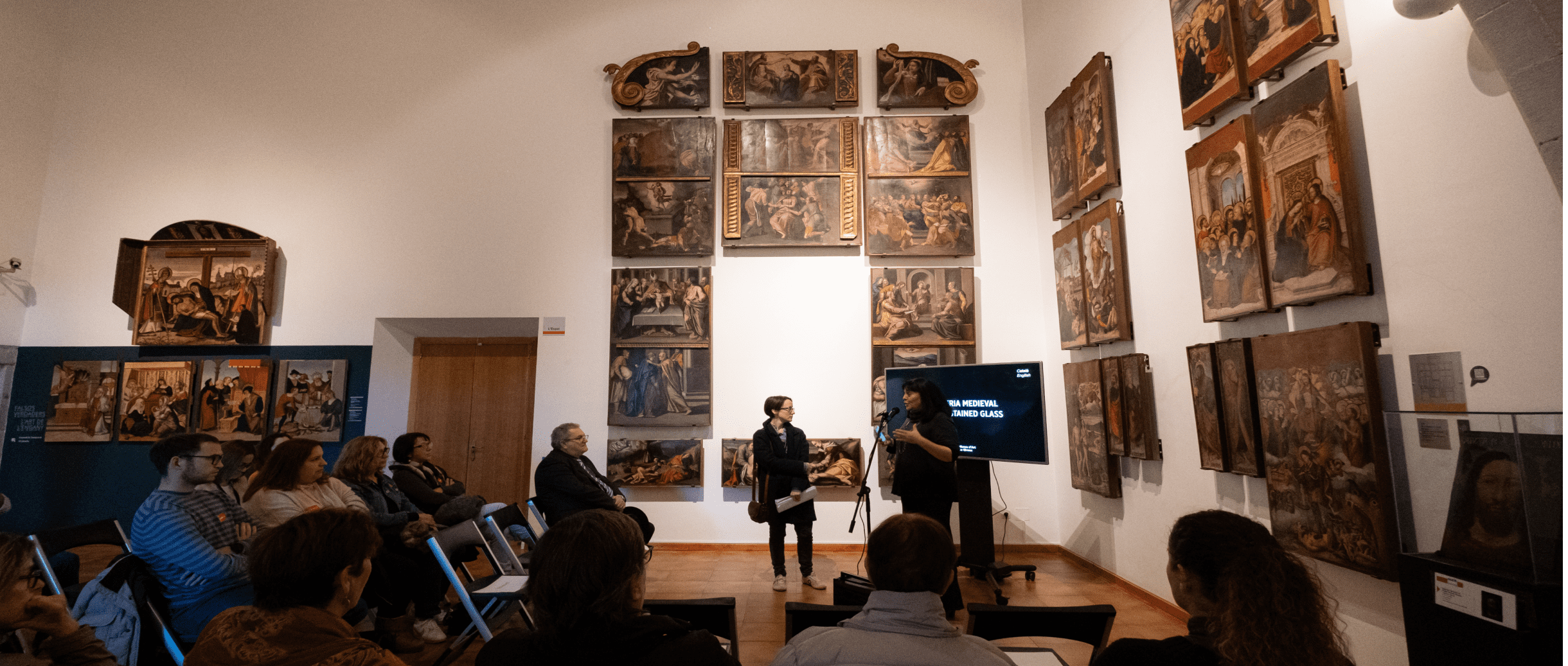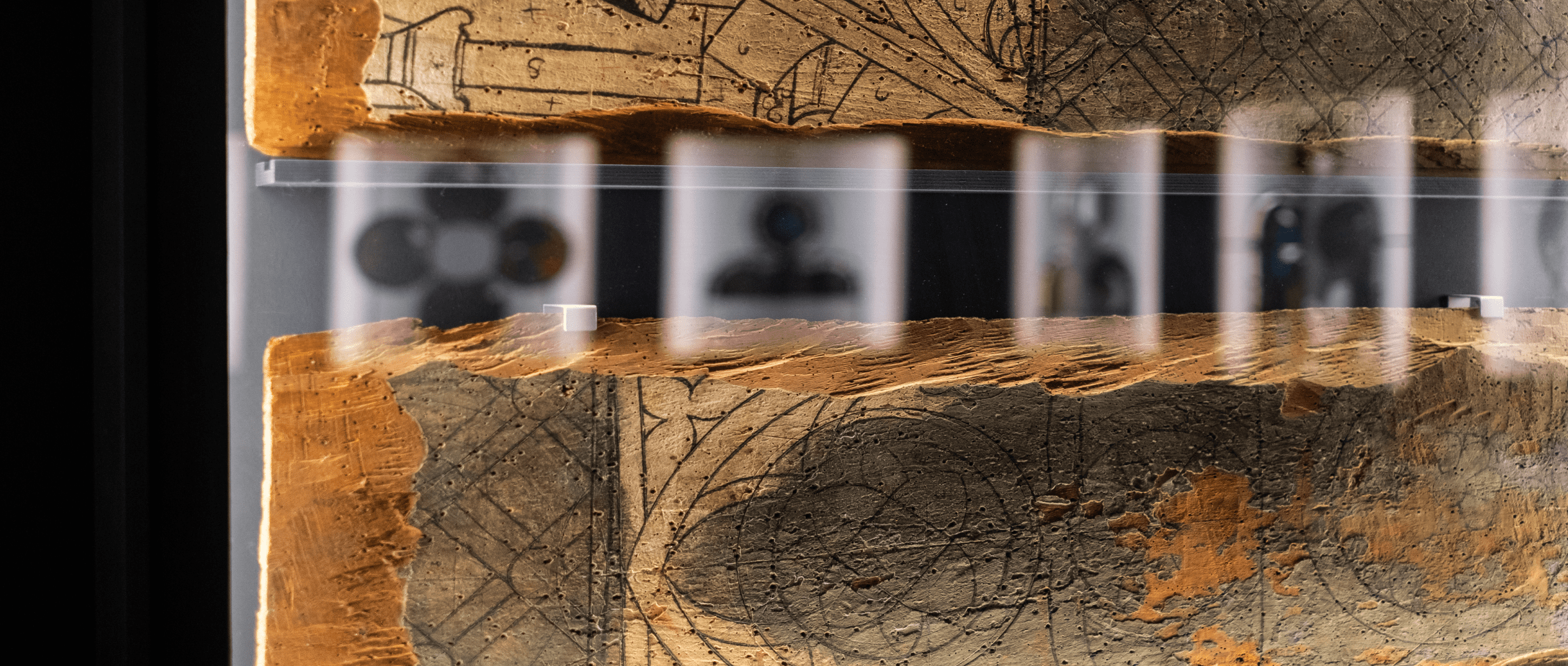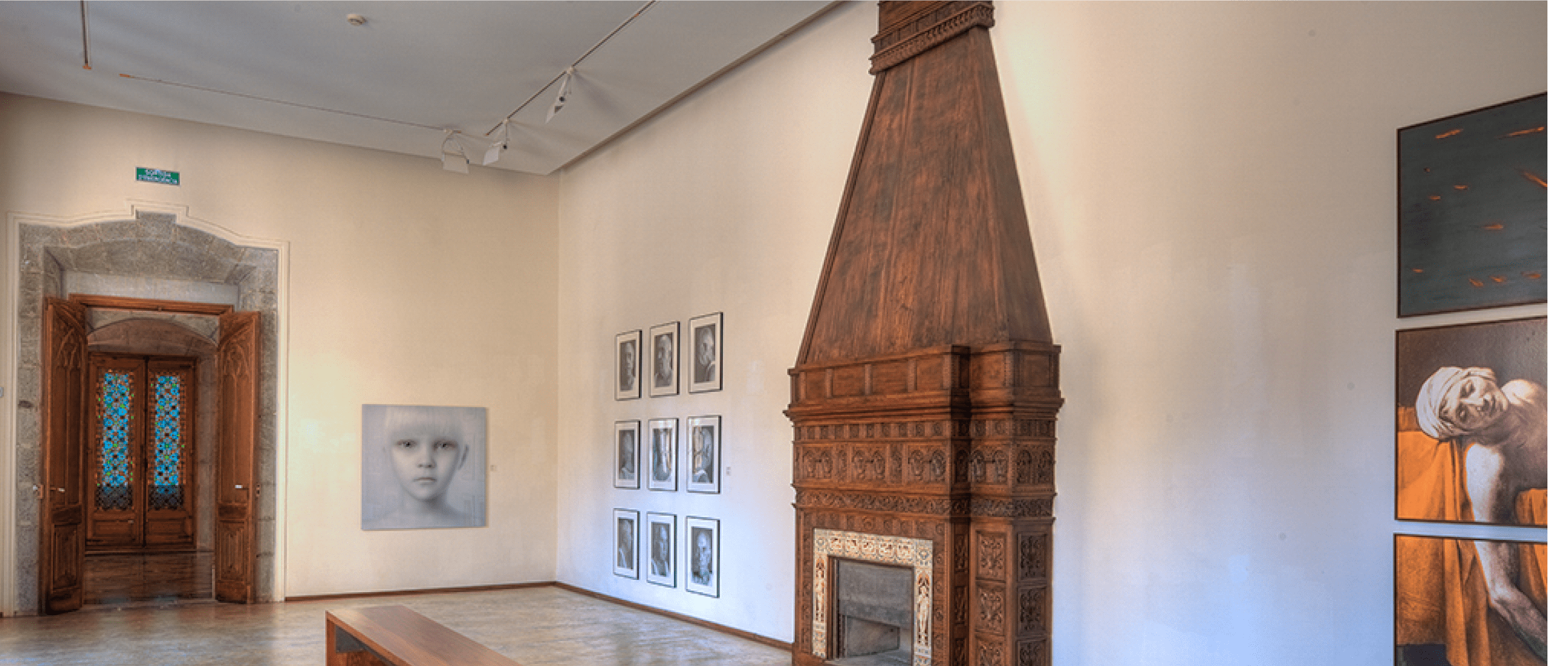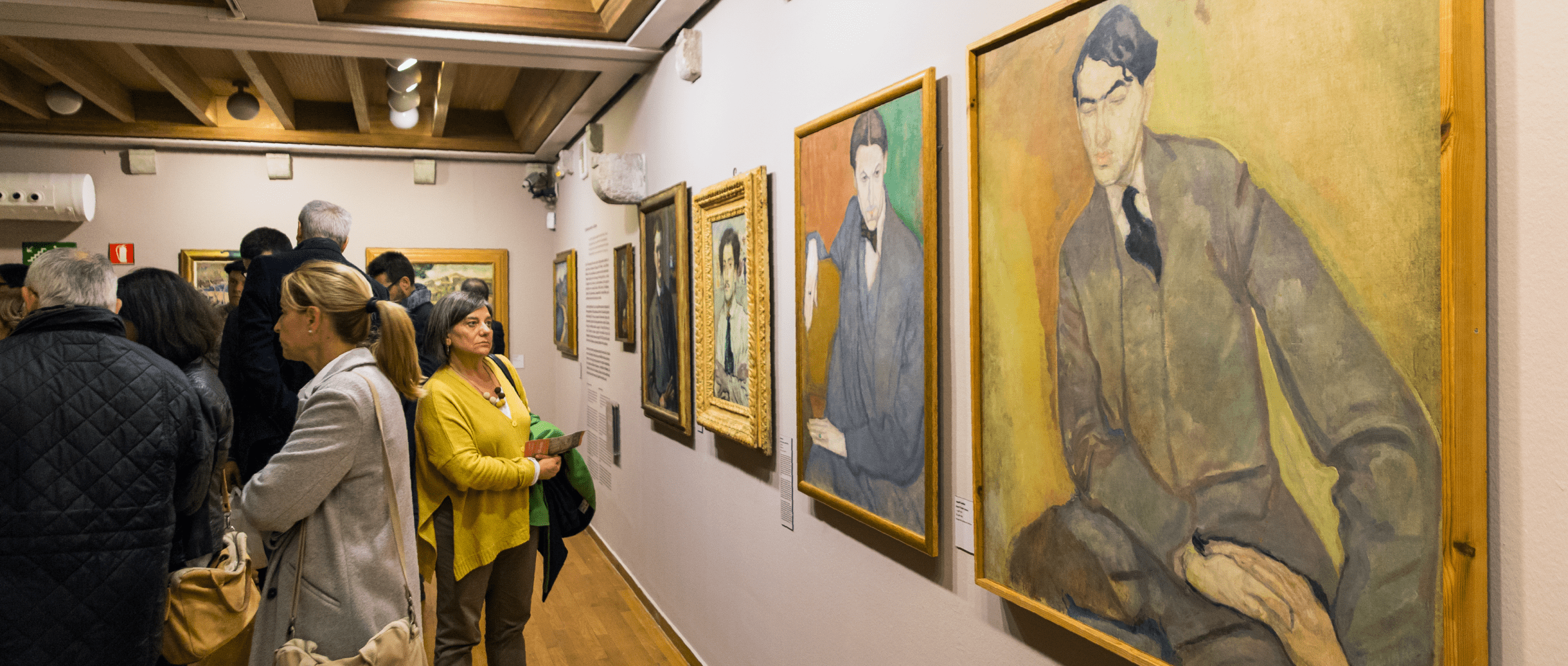

Blog


Degree in Philosophy and Art History, art critic and independent curator.
Aside from Barcelona, the province of Girona has almost twice as many spaces promoting art (museums, galleries, exhibition halls, etc.) as Lleida and Tarragona, respectively.
There are about thirty extraordinarily diverse spaces, both in terms of their origin (institutional, private, public) and their artistic orientation (ranging from amateur to professional), periodicity and ambition in relation to international reach. This means that visitors have a wide range of options whatever their preferences or, of course, their level of expertise in cultural matters.

Girona, Museu Art de Girona. Xenia Gasull. Arxiu Imatges PTCBG
For example, if you wanted a general overview of the history of modern and contemporary Catalan painting (which ranges from the mid-19th century to the present day), a visit to Girona Art Museum, Empordà Museum and Garrotxa Museum, each with its own specificities, would more than meet this objective. And, at a museographic level, the Girona-Olot-Figueres triangle is a must.
However, things change when you are looking to explore a specific discipline. In that case, your options are clear. For lovers of contemporary sculpture, Can Mario in Palafrugell is the best option: opened in 2004, this Vila Casas Foundation centre boasts around 220 sculptures dating from the 1960s to the present, all of them created by various artists born or resident in Catalonia.

Palafrugell. Miquel Millan. Arxiu Imatges PTCBG
If you prefer photography: thanks also to the Vila Casas Foundation, Palau Solterra in Torroella de Montgrí (opened in 2000) has an exhibition of around 200 contemporary photographs by artists from various parts of the world. In fact, the Palau Solterra building itself is a wonderful example of civil architecture from the 15th century that was once the historic residence of the counts of Torroella de Montgrí.
In addition to the more historical spaces, there are initiatives in the province of Girona that are much harder to classify but no less interesting: projects such as Art & Gavarres (Monells), Nau Côclea (Camallera), Nyamnyam (Mieres), Rizoma (Celrà) and the flagship venue, Bòlit Contemporary Art Centre in Girona, embody the latest episode of a culture that is nowadays capable of assuming any register or format (and which can often bewilder visitors not well versed in their languages).

Torroella de Montgrí. Museu Palau Solterra. Arxiu Imatges PTCBG
Finally, and on a slightly self-critical note, the province’s galleries have suffered the most from the generalised crisis in the sector, partly worsened by the COVID-19 pandemic. The irrelevance of the city of Girona (only the El Claustre Gallery survives) is partly alleviated by galleries such as Horizon (Colera) and, especially, Enlace Art in Progress (Serra de Daró): just one year after opening, this gallery led by Toni Álvarez de Arana embodies a happy anomaly, a rarity that can be explained by a privileged environment (the opulent landscape of the Baix Empordà region) and by the interest of investors who saw the potential of a space as versatile as it is intimidating. Its uncomplicated commitment to quality contemporary painting underpins the rest: active domestic authors and historical figures coexist with well-known international names thanks to the conceptual clarity with which Álvarez manages this project.
In short, Girona is a privileged place where the dissemination of culture vindicates the vigour of the periphery in the only way possible, that is, with rigor, enthusiasm and quality.
LIST OF SPACES
This list has been compiled from the data of the Public Network of Arts Centres and Spaces of Catalonia (XAV), Xarxaprod (visual arts centres only), Network of Art Museums of Catalonia and all the contributions made by ACCA members. Any omission or inaccuracy is the sole responsibility of the author of this article:

Girona, Museu Art de Girona. Xenia Gasull. Arxiu Imatges PTCBG